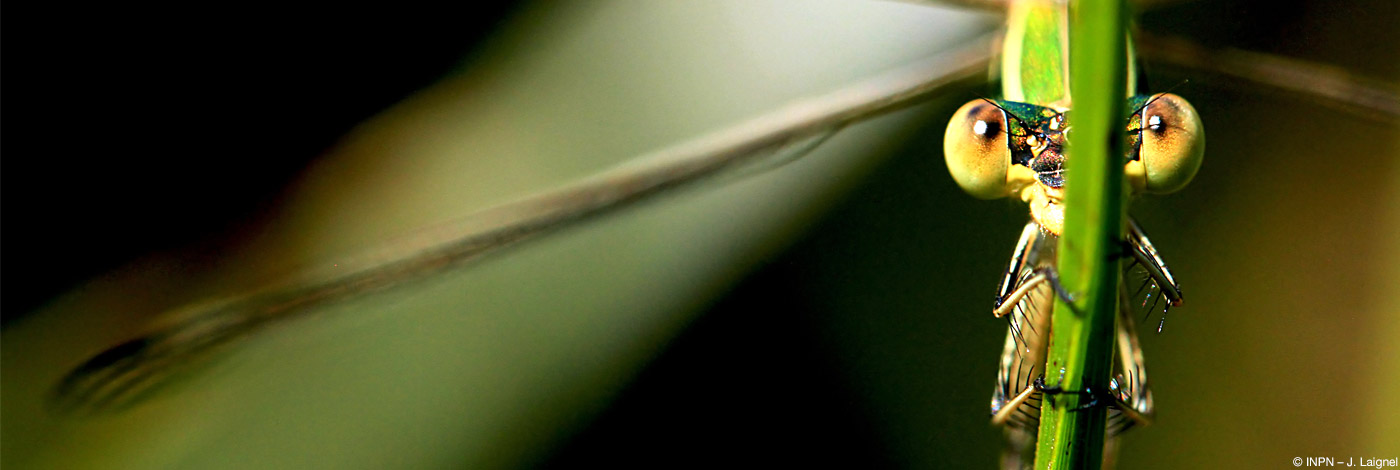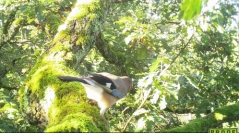

 Naturae
2023 (6) - Pages 75-96
Naturae
2023 (6) - Pages 75-96Species recognition based on image data and analyzed by artificial intelligence is becoming increasingly popular in biodiversity monitoring studies to address the limitations of more traditional methods, and the emergence of ethical considerations advocating the development of non-destructive (i.e. non-lethal, “no kill”) traps. This increase in the use of new technologies can largely be explained by a need to gain time and accuracy. This type of methodology is particularly interesting for people who do not have the expertise to distinguish many species such as insects. In addition, photo data are less likely to create observer bias than direct observation as they are reusable and verifiable. In this paper we will discuss how data can be acquired in terrestrial environments (i.e. capture methodologies and tools) and how images are then processed for species classification (i.e. data management and analysis). In particular, we considered the possibility of automating large volumes of collected data using machine learning and deep learning techniques to perform species identification. This study also presents the advantages and limitations that can be encountered when using these tools in the automatic identification of species in a context of biodiversity monitoring in terrestrial environment.